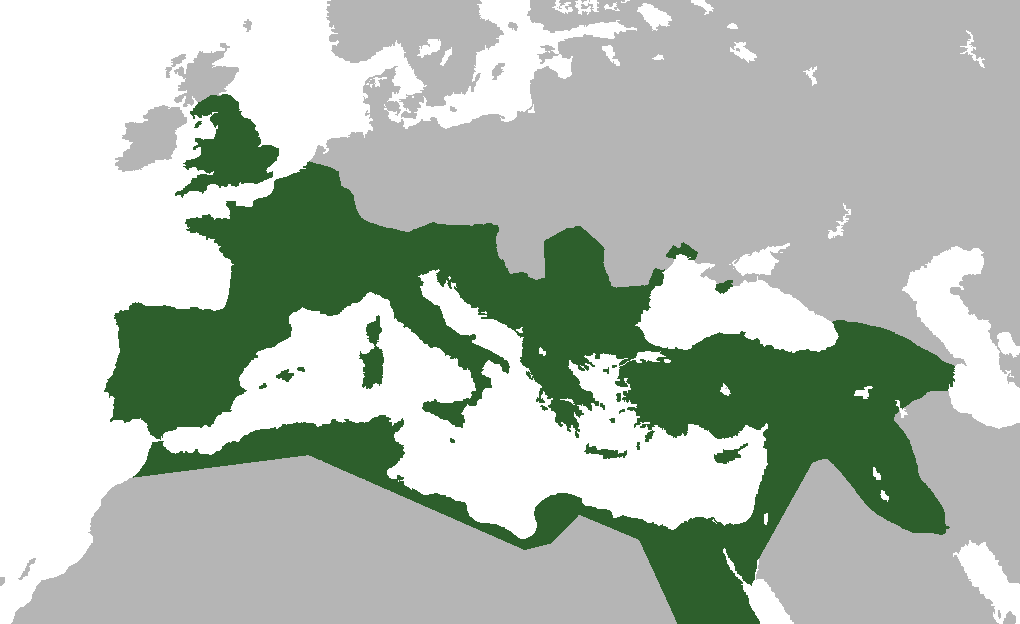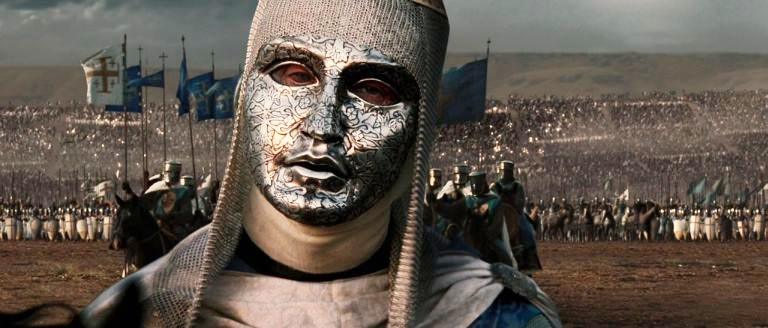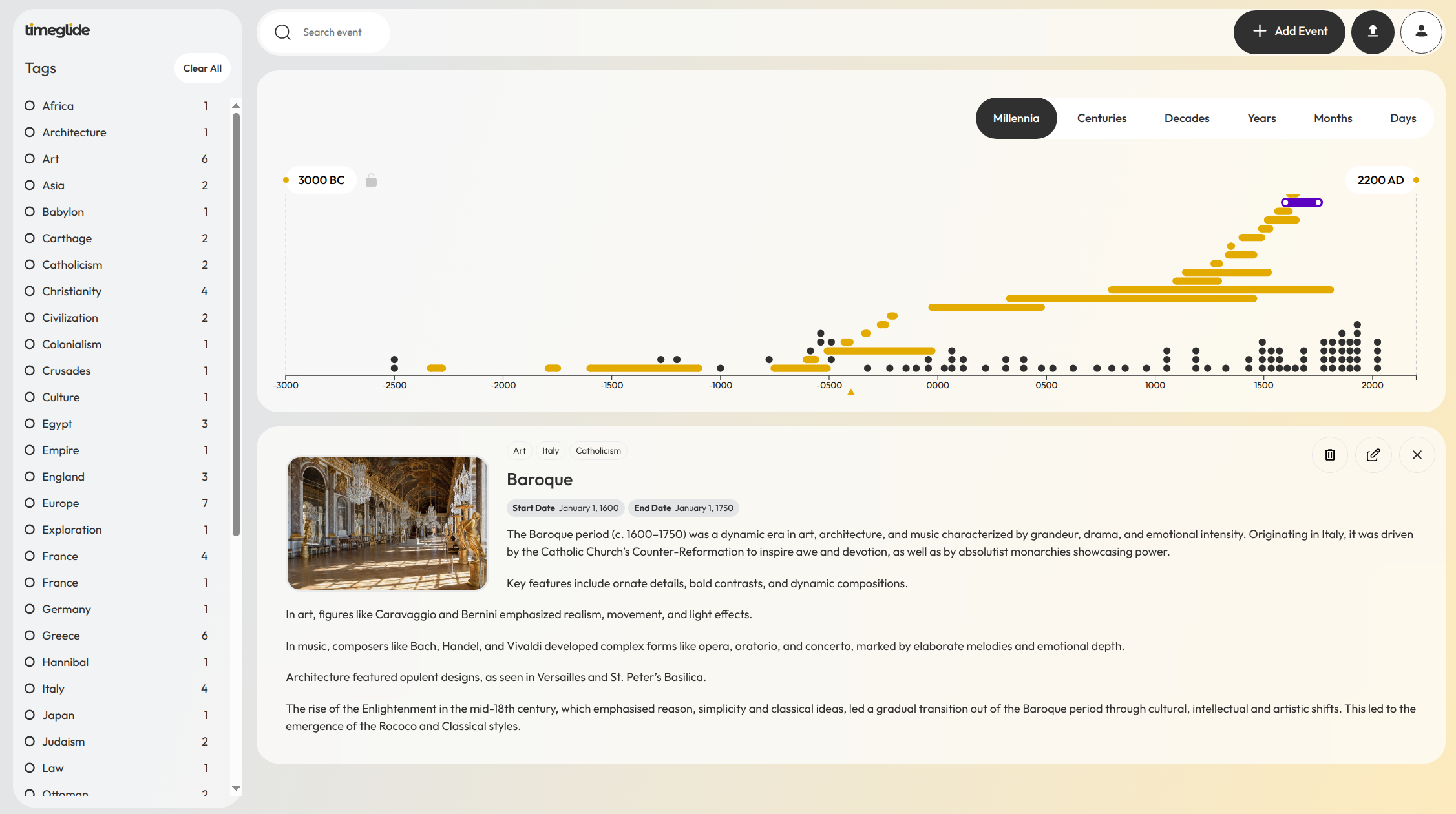
The Roman Empire: A Timeline of its Evolution
The Evolution of the Roman Empire: A Timeline of Triumph and Transformation
One thing that has confused me for a long time is how I’d hear that the ‘Holy Roman Empire’ only ceased to exist in the 1800s… the Romans surely weren’t still around then?! So I started looking into the timeline of the Roman Empire and realised that it went through multiple stages of evolution, the last of which was not really actually a direct continuation of the original. Here I’ll walk you through the essentials of what I found out about its history and evolution, and then show you how I use Timeglide.io to create a history of Rome timeline.
The Roman Kingdom (753–509 BC)
Rome started as a modest settlement on the Tiber River (central Italy today), founded by Romulus in 753 BC. The history of Romulus seems more like myth - but he was apparently its first King and responsible for the creation of the Senate and Legion (if you’d like to know more about this figure, this X thread by Culture Explorer is a great read). Over the next two hundred years, seven Kings ruled in total, and during this time these Kings laid the foundations of Roman culture, religion, and governance. However the Monarchy eventually became unpopular for a number of reasons, but of particular note was the Lucretia incident, where the son of Tarquinius Superbus raped a noblewoman Lucretia who then committed suicide. This triggere a revolt led by noblemen and in 509 BC, the monarchy was overthrown, giving way to a new system. Of interest is that the term rex (King) would come to be used as a political insult.
The Roman Republic (509–27 BC)
The new system was a Republic. As a reminder this is a political system where people or people that they elect hold to power to govern, rather than a monarch or a dictator. Interestingly Rome wasn’t the first Republic as I expected, there was possibly one existing in Ancient India called the Licchavi state, and Athens had developed a non-monarchial system around the same time.
Rome began expanding during this time to take control of what is modern day central and southern Italy, and also captured Sicily, Sardinia and Corsica, Spain and modern Tunisia primarily by defeating Carthage (another ancient city-state that was founded by Phoenician settles from Tyre which is modern day Lebanon). Carthage’s people were called Punics. Under Julius Caesar, Rome also conquered Gaul (modern day France and Belgium).
By the 1st century BC, internal chaos in the form of political rivalries and civil wars set the stage for change. Unfortunately the ideals of a Republic, with elected consuls and a powerful Senate were struggling to maintain the balance of power and govern such a vast empire. When Julius Caesar was assassinated (he had been appointed dictator perpetuo) other figures vied for control. One of these was Octavian (Julius Caesar’s great nephew), whom emerged as Rome’s sole leader after defeating Mark Antony at Actium in 31 BC (note to self: there are some classic films I’ve been meaning to watch about Mark Antony, namely Antony and Cleopatra (1972) and Julius Caesar (1953) with Marlon Brando). He maintained the appearance of republican institutions (naming himself princeps rather than dictator or king!) and brought long-awaited peace to the State (called Pax Romana). At this point the Roman Senate granted him the title Augustus, which meant revered or majestic.
With Timeglide.io, you can zoom into pivotal events like Caesar’s crossing of the Rubicon or zoom out to see Rome’s growing empire. Add notes or even YouTube clips of historical reenactments to make it memorable.
The Roman Empire: (27 BC–476 AD)
The Empire stretched from Britain to Egypt under Trajan by 117 AD. Roads, aqueducts, and iconic structures like the Colosseum defined this golden age. The Pax Romana lasted about 200 years, but then cracks appeared: economic troubles, corrupt leaders, and barbarian invasions into various areas strained the system.
In 284 AD, Emperor Diocletian split the Empire into East and West to manage its vast size. This move set the stage for two divergent paths. The Western Empire struggled, while the East thrived. By 476 AD, the West fell when Odoacer ousted the last emperor, Romulus Augustulus.
The Byzantine Empire: (330–1453 AD)
The Eastern Roman Empire, reborn as the Byzantine Empire, carried Rome’s torch. Constantine I founded Constantinople in 330 AD, making it the new heart of the Empire. Blending Roman law, Greek culture, and Christianity, the Byzantines built a vibrant civilization. They fended off invaders for centuries, with standout moments like Justinian’s reign (527–565 AD) and the Hagia Sophia’s construction. This was a very distinct part of the evolution and the Empire took on significant Greek and Christian influences.
In 1453 however, the Ottoman Turks conquered Constantinople, ending the Byzantine chapter. This was the original Rome’s, final act, a thousand years after the Western Roman Empires collapse.
The Holy Roman Empire: (800–1806 AD)
So what was this entity the ‘Holy Roman Empire’ that lasted until the 1800s? It wasn’t a direct heir of Rome. It was instead a loose alliance of Germanic states aiming to revive Roman prestige. Centered in modern Germany, it carried the “Roman” name but was a medieval creation. It ended with its dissolution by Napoleon in 1806.
How I used TimeGlide.io to map the above
I decided to create a duration event for each of the above periods. Then I’m planning to expand on Rome’s history with finer details and events at a later stage. I of course added tags to all of these events so I can quickly filter to them when I’m wanting to have a dedicated view of the Roman Empire timeline explained.
Whether you’re a teacher breaking down Rome’s rise for students, a researcher organizing data, or a history enthusiast tracking empires, Timeglide.io brings clarity to complexity.
Image from https://commons.wikimedia.org/wiki/File:Roman_Empire-117AD.png

